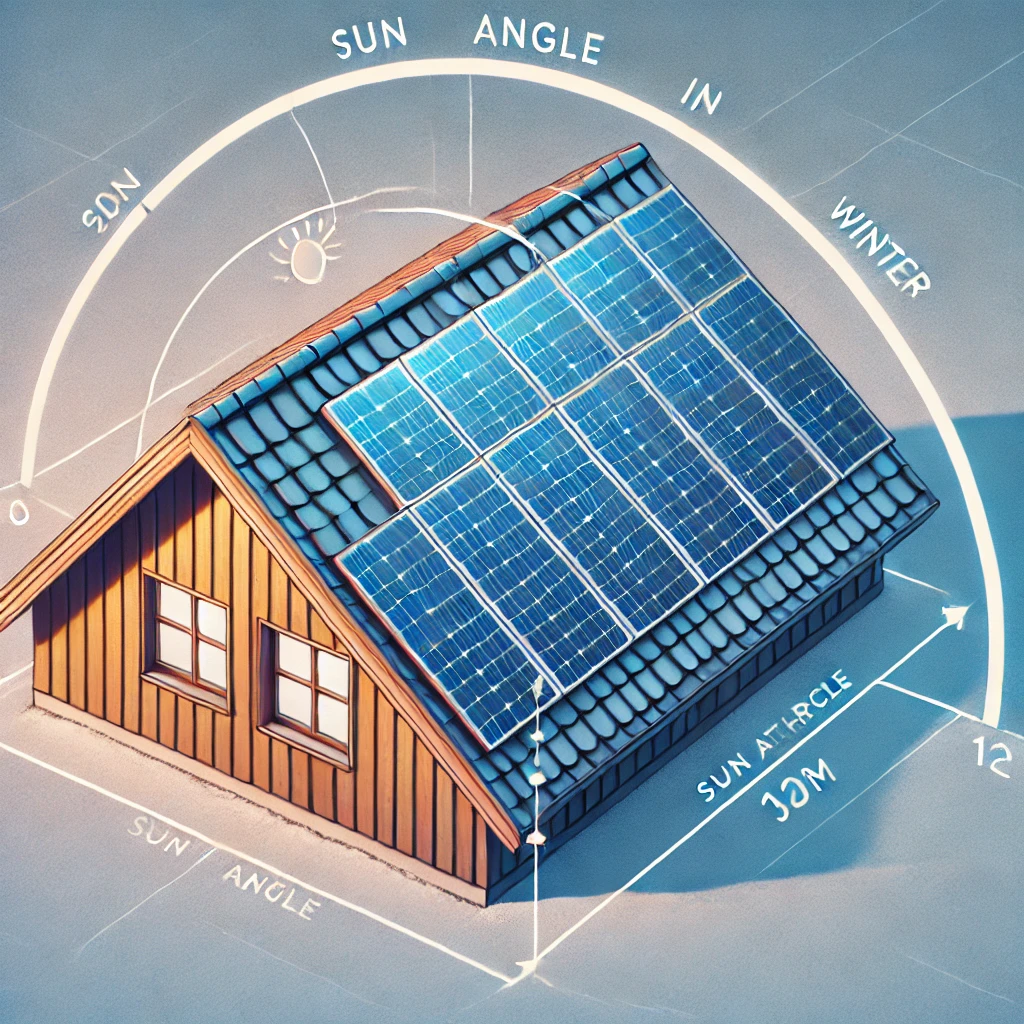As winter sets in, many solar panel owners and enthusiasts begin to wonder: how effective is solar energy production during the colder months? While it’s true that shorter days and increased cloud cover can impact solar output, modern solar systems are designed to function efficiently year-round. Here, we’ll explore how solar energy performs in winter, tips for optimizing production, and why solar power remains a wise investment even during the coldest months.
How Winter Affects Solar Production
1. Sunlight Hours
Winter days are shorter, meaning fewer daylight hours for solar panels to generate electricity. However, efficient solar systems can still capture energy effectively during peak sunlight hours.
2. Sun Angle
The sun’s lower position in the sky during winter reduces the intensity of sunlight hitting the panels. Adjusting the tilt angle of solar panels can help maximize exposure and improve efficiency.
3. Temperature Benefits
Cold temperatures can actually enhance solar panel performance. Solar cells operate more efficiently in cooler weather compared to hot climates where overheating can reduce output.
4. Snowfall
Snow accumulation on panels can temporarily block sunlight. However, most panels are designed with smooth surfaces that allow snow to slide off easily when tilted correctly. Plus, sunlight reflecting off the snow can increase light absorption.
Tips to Maximize Solar Output in Winter
- Maximize Panel Tilt Angle: Set your solar panels at as steep an angle as possible to collect even more sunlight during the low-sun months.
- Stay on top of panel cleaning: Organize regular clean-ups to remove snow, ice and debris to capture the most sunshine.
- Stay updated on performance: Implement a solar monitoring solution to track energy production for the system. The tracker assists to address inefficiencies faster.
- Upgrading with improved panels: Many of today’s solar panels are designed to be more efficient and operate better during low-light conditions.
- Use energy storage systems: Set aside energy produced during hours of peak sunshine, to use during the night or a cloudy day..
Why Solar Power Still Shines in Winter
Even in the coldest and cloudiest regions, solar power remains a reliable and sustainable energy solution. Here’s why:
- All Year Savings: Because solar panels produce enough energy in the sunniest months, they will help offset the much lower production in winter!
- Net Metering Capabilities: A lot of areas will offer net metering programs, creating credits for any excess energy you give back to the grid.
- Environmental Savings: Every kilowatt hour produced reduces our reliance on fossil fuels, giving us a cleaner planet.
Conclusion
There is no reason that winter should be a roadblock to meaningful solar energy generation. With proper upkeep, good management, and high-quality materials, your solar energy system can continue to operate effectively all year long! Enjoy the sun—even in the cold of winter—and all the benefits that come with renewable energy!

